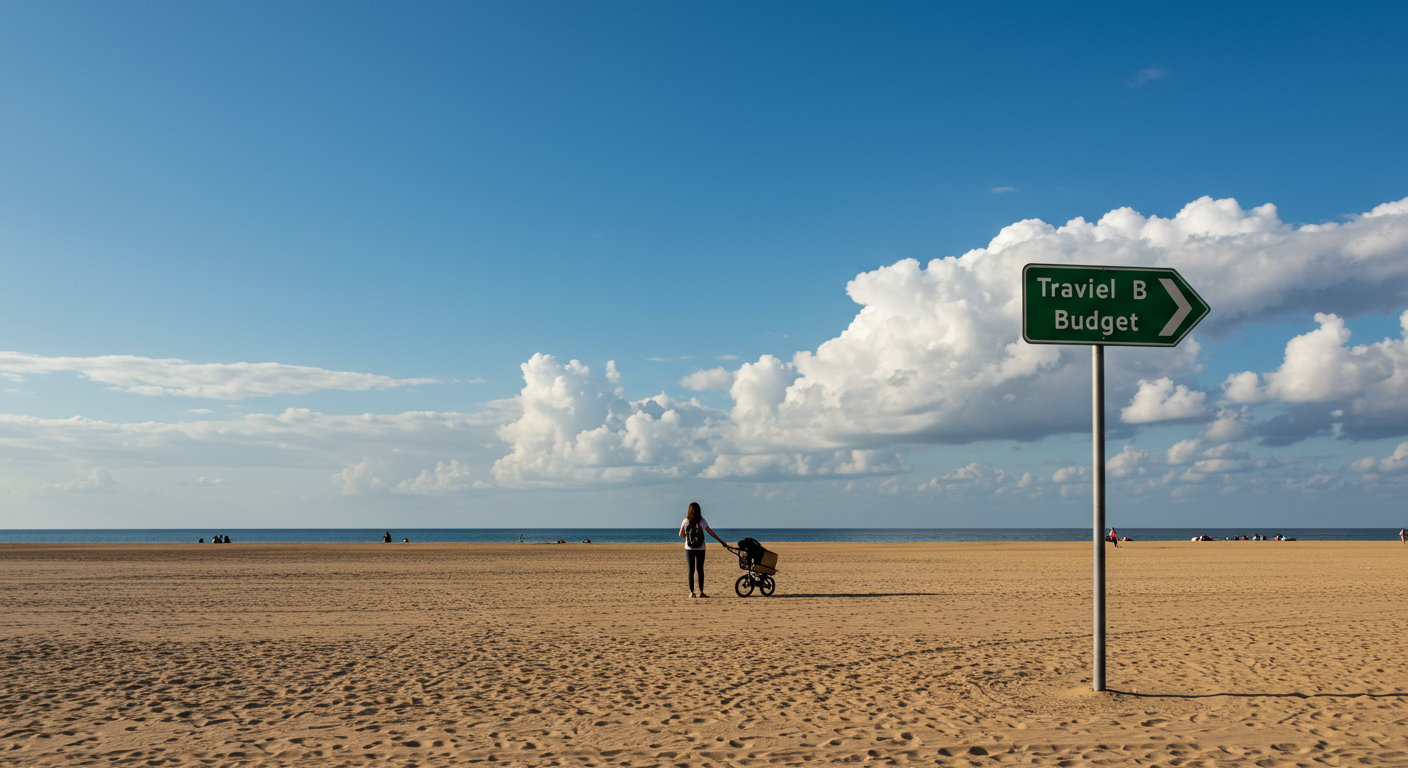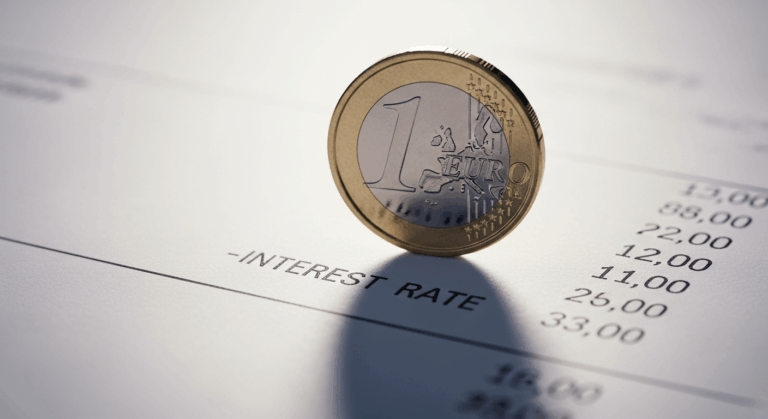Travel Budget: The Guide to Traveling the World Without Going Broke
Dreaming of exploring ancient ruins, relaxing on sun-drenched beaches, or navigating bustling city streets is the easy part. The real challenge for many is the financial aspect. A carefully crafted travel budget is the single most important tool that transforms a far-off dream into an achievable reality. It’s not about restriction; it’s about empowerment. This guide will provide you with a comprehensive framework to plan, save for, and enjoy your travels without jeopardizing your financial stability. By mastering your travel finances, you can explore the world with confidence and peace of mind.
Creating a budget is the foundational step in your journey. It acts as your financial roadmap, guiding your decisions from the moment you start saving to the last day of your trip. Without one, you risk overspending, accumulating debt, or cutting your travels short. A well-planned budget ensures every dollar is allocated purposefully, maximizing your experience while protecting your long-term financial health.
Step 1: The Pre-Trip Financial Blueprint
The first phase of your travel budget involves estimating the major, often fixed, costs you will incur before you even pack your bags. These are the big-ticket items that form the backbone of your total trip cost. Getting an accurate estimate here is crucial for setting a realistic savings goal.
Start by researching and breaking down the primary expenses:
- Transportation: This is typically your largest expense. Research flight, train, or bus tickets well in advance. Use fare comparison websites, consider traveling during the off-season, and be flexible with your dates to find the best prices. Don’t forget to account for transport to and from the airport.
- Accommodation: Your lodging costs can vary dramatically. From luxury hotels to budget-friendly hostels, vacation rentals, or even house-sitting, your choice will significantly impact your budget. Determine your comfort level and book in advance, especially during peak season.
- Visas and Vaccinations: Check the entry requirements for your destination. Some countries require costly visas, and you may need specific vaccinations or medications, which are an often-overlooked expense.
- Travel Insurance: This is a non-negotiable expense. A robust travel insurance policy protects you from unforeseen medical emergencies, trip cancellations, or lost luggage. The peace of mind it provides is worth every penny.
- Major Activities: Are there specific tours, museum tickets, or multi-day treks you plan to do? Pre-booking these activities can sometimes save you money and will help you build a more accurate budget.

Step 2: Calculating Your Daily On-the-Ground Expenses
Once you have a handle on your major pre-trip costs, the next step is to estimate your daily spending. This is where your budget can be more flexible, but having a daily target is essential to stay on track. Research the cost of living in your destination to create a realistic daily allowance.
Your daily budget should cover the following categories:
- Food and Drinks: A major part of the travel experience! You can manage this cost by mixing restaurant meals with visits to local markets and grocery stores. Eating where the locals do is often both cheaper and more authentic. Set a daily food budget that allows for a mix of experiences.
- Local Transportation: How will you get around? Factor in the costs of subways, buses, taxis, or ride-sharing services. Purchasing a multi-day transport pass can often offer significant savings in major cities.
- Activities and Entertainment: This includes museum entries not booked in advance, spontaneous tours, or evening entertainment. It’s wise to have a buffer for unexpected opportunities.
- Miscellaneous: This category is for everything else—souvenirs, laundry, tips, and other small incidentals that can quickly add up.
A good strategy is to set a clear average daily spending limit. For example, you might budget $70 per day. Some days you might spend $50, and on others you might spend $90, but aiming for that average helps keep your overall spending in check.
Step 3: The Savings Strategy – Fueling Your Travel Fund
With a total budget estimate in hand, the focus shifts to saving. This requires discipline and a solid plan. The key is to make saving for travel a consistent habit, not an afterthought. Improving your personal finance habits is the most direct path to funding your adventures.
Follow these steps to build your travel fund effectively:
- Open a Dedicated Savings Account: Keep your travel fund separate from your everyday checking and emergency savings accounts. This makes it easier to track your progress and reduces the temptation to dip into the funds for other purposes. Look for a high-yield savings account to let your money grow a little faster.
- Automate Your Savings: This is the most powerful savings trick. Set up an automatic transfer from your main account to your travel fund each payday. Treat it like any other bill. By paying yourself first, you ensure consistent progress toward your goal.
- Analyze and Reduce Your Spending: Conduct a thorough review of your current monthly expenses. Identify areas where you can cut back, such as daily coffees, subscription services you don’t use, or frequent dining out. Redirect every dollar you save directly into your travel fund.
- Increase Your Income: If possible, consider a temporary side hustle, freelance work, or selling items you no longer need. A short-term boost in income can significantly accelerate your savings timeline. Strong savings discipline is a skill that will serve you well beyond just planning a vacation.
Conclusion: Your Journey to Financial Freedom and World Exploration
Traveling the world doesn’t have to be a financially draining endeavor. By shifting your mindset from wishful thinking to strategic planning, you can make it a reality. A comprehensive travel budget is your most valuable asset, providing a clear path from your financial starting point to your dream destination. It requires foresight in estimating costs, discipline in saving, and mindfulness in spending during your trip. Embrace the process, and you will unlock the ability to explore new cultures and create lifelong memories without the burden of financial regret.
Frequently Asked Questions (FAQ)
How much should I budget for unexpected expenses?
It is wise to build a contingency fund into your overall budget. A good rule of thumb is to set aside an additional 10-15% of your total estimated trip cost for emergencies or unforeseen opportunities. This buffer provides a critical safety net for things like a missed flight, an unexpected medical issue, or a once-in-a-lifetime activity you didn’t plan for.
What is the most common budgeting mistake travelers make?
One of the most frequent mistakes is underestimating the cost of small, daily expenses. While travelers are great at budgeting for flights and hotels, they often forget how quickly costs for coffee, snacks, local transport, and small souvenirs can add up. Tracking these small purchases or setting a strict daily cash allowance can help prevent this common budget-breaker.
How far in advance should I start planning and saving for a big trip?
The ideal timeframe depends on the cost of the trip and your savings capacity. For a major international trip, it’s best to start planning and saving at least 6 to 12 months in advance. This gives you ample time to research the best deals on flights and accommodation, build a substantial travel fund without straining your finances, and handle necessary preparations like visas and vaccinations without stress.





